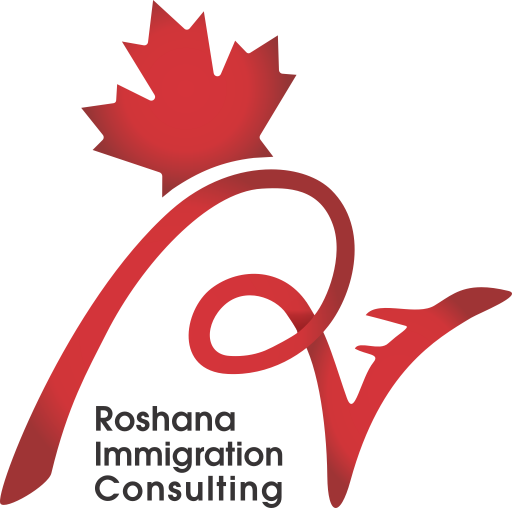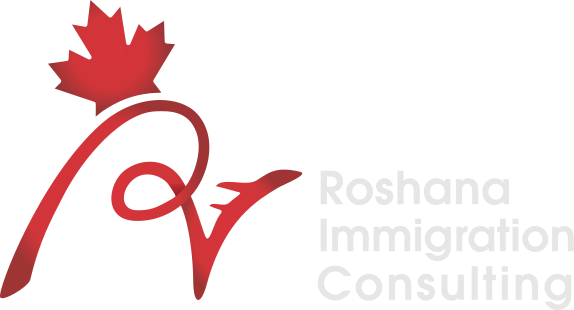Study Permits
A Study Permit is a document that is issued to authorize a foreign national to engage in academic, professional, vocational or other education or training in Canada. This authorization allows foreign nationals to study in Canada at Designated Learning Institutions (DLI).
How to apply for a Study Permit?
Step 1: Apply and get accepted for study at a Designated Learning Institution
If you are considering applying for a Post-Graduation Work Permit (PGWP), it is important to check to see whether your school is a DLI and whether the specific program of studies that you want to take is eligible for a Post-Graduation Work Permit (PGWP-eligible).
Step 2: Get a Letter of Acceptance and a Provincial or Territorial Attestation Letter (PAL/TAL)
Students can establish acceptance to a Course or a Program by providing the Letter of Acceptance from the DLI that they will be attending. Most Study Permit applicants also must provide a Provincial Attestation Letter (PAL) or Territorial Attestation Letter (TAL).
Step 3: Apply for a Study Permit
To apply for a Canada Study Permit, you must complete the required study permit application forms and gather supporting documents. It is essential to review country-specific requirements and Visa Office instructions before submitting your application.
It is the applicant’s responsibility to demonstrate their temporary intent that they intend to return to their home country upon completing their studies. They must also articulate why they want to study in Canada, explain whether they have considered alternatives in their home country, and establish a clear connection between their chosen program, their previous education, and their future career plans. Additionally, applicants must provide evidence of sufficient financial resources to cover tuition, books, and living expenses in Canada.
A persuasive Letter of Intent plays a critical role in your study permit application. Although it is not always explicitly listed in the study permit document checklist, this document is often the most critical component of a strong application. A compelling Letter of Intent for a Canadian study permit can effectively address key concerns and increase the chances of approval.
Additionally, you must prove that you have sufficient funds to pay for your tuition fees, living expenses of yourself and family members who accompany you to Canada, and return transportation for yourself and any family members who come with you to Canada.
If you have successfully gotten your study permit approved, congratulations!
Please do not forget your responsibilities as a student!
If you are not fully aware of your responsibilities, consult with an authorized representative before making an important decision.
Frequently Asked Questions (FAQ):




hi
test